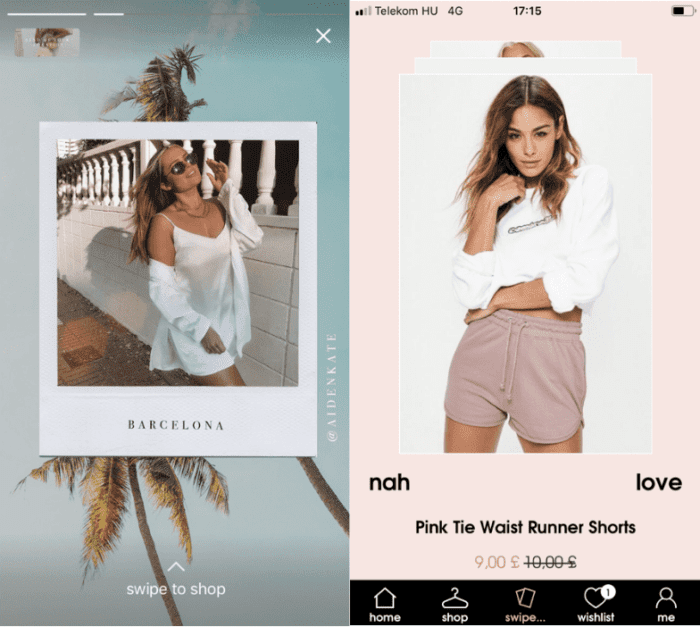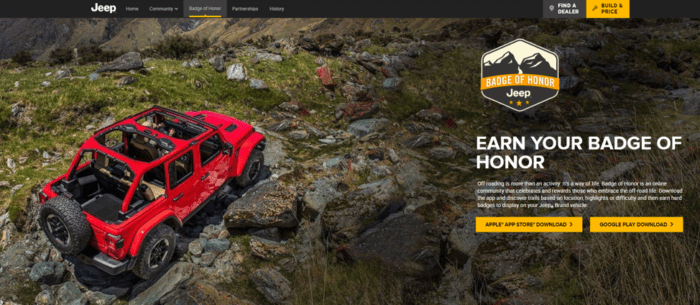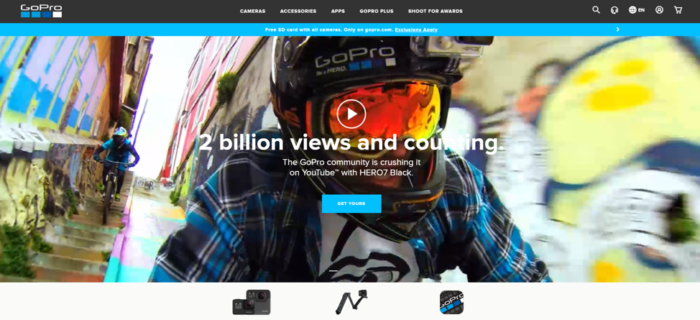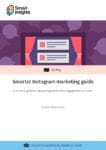Millennials want the same thing as every other age group, it's just the channels for delivering it that have changed
They have youth, influence, and spending power. They can also spot BS from a mile away, and it’s not easy to win their hearts.
EContent even predicts that Millennials – or Generation Y – will "become the world’s most powerful customers".
Indeed, it seems that the demographic has reached an important point where its purchasing power is approaching its peak.
Download our Individual Member Resource – Smarter Instagram marketing guide
Our Smarter Instagram marketing guide will help you tap into the consumer activity on Instagram to use it to grow your business.
Access the Smarter Instagram marketing guide
It’s also a huge generation, born anytime between the early 1980s and 2000. Of course, there are major differences in life experience and expectations between someone born in ‘83 and someone born in ‘99, but the important thing to know about the entire group is that they’ve grown up during an information boom.
This means they know exactly how to navigate online to get the info they want, and they’re adept at ignoring all the "noise" along the way. So, as brands try harder and harder to reach this enormous group of buyers, how can your marketing stand out and be seen by Millennial eyes, and not be perceived as "noise"?
There are three important characteristics to pay attention to across this massive generation:
1. Their online habits
Millennials are on mobile. According to the Pew Research Center, 92% of Millennials own a smartphone. What’s even crazier is that their findings point out that 28% of those smartphone owners use their devices exclusively to browse the internet.
If the trend continues, the desktop may not survive outside of the workplace environment (except, perhaps, where gaming is concerned). Yet the workplace is generally not the best place for free-time shopping.
Also, ZDNet did a survey, which concluded that millennials spend 5.7 hours a day on their phone. Interestingly, 13% of this group spend even more time in front of their screen, using their mobiles for a whopping 12 hours a day. So mobile is not only getting used – it’s getting used a LOT.
So, if you’ll allow me to generalize about the entire generation:
Mobile is everything
So what can you do?
Well if you’re targeting teenagers, the answer is clear. Spend a lot of time developing your mobile website. Pour your energy and creativity into building apps that make the shopping experience fun and focus on encouraging repeat purchases and building up a strong emotional bond, a.k.a. brand loyalty.
If you’re selling online, make sure you’ve got a super-smooth online checkout and payment system in place, because that’s what will put you ahead of your competition as more purchases are made on mobile.
Want to reach an audience between their mid-20s and 30s? An app may just be the perfect way to get their attention. Plus, if you make the in-app experience a particularly fun or valuable one, it will take care of getting you a good rate of returning customers - something all brands seek.
Offer a pleasant mobile experience
Missguided does app marketing well with its “Swipe” and “App Stories” programs. Run using technology from POQ, its app has a feature where customers can declare whether or not they like a product by swiping left or right. The items they like are automatically added to the user’s wishlist, which is another layer of convenience.
Similarly, App Stories provide personalized recommendations based on purchase history. However, members can also submit their images as they wear their favorite pieces from Missguided, and their images might end up on someone else’s recommendation list.
This is the kind of mobile engagement Millennials can’t get enough of!

The mobile app features of Missguided ensure that customers spend a large amount of time looking at the available fashion products.
2. Their feelings about advertising
Millennials have gained a reputation for not liking advertising too much. This is quite an understatement considering that more than 70% of them use ad blockers.
This was pointed out by AdLock, which also shared that 49% of 18-24-year-olds are the most active adopters of the technology. To add more salt to the advertisers’ wound, according to Forbes’ breakdown, most of these young adults don’t trust traditional advertising and are only willing to tolerate brief, five-second video ads.
Although there’s still more time until something is done about ad blocking, brands can combat this trend in its early stages. There are three ways you can showcase your products to the anti-ad contingent:
Tap into the power of referrals
There’s one thing I know for sure: people trust their family and friends more than they trust what a brand or an advertiser says. The proof? From invest's infographic, we learned that 90% of people are more likely to buy from a brand when it's recommended by a friend.
That’s cool, so make sure you’re putting a little bit more effort into your referrals strategy. For instance, a well-designed loyalty program can provide the incentive for people to engage with the program, as they are rewarded with points or instant perks for their positive word of mouth.
Try influencer marketing
It’s easy to find insight about influencer marketing and some agencies and sites are available to help you contact influencers with your business propositions and manage influencer campaigns.
Consider making influencer marketing a part of your long-term marketing strategy, because when done right, a few blog posts or Instagram photos from influential figures can go a long way in terms of brand recognition – and bring in loads of new customers and a great ROI.
Make sure you know your brand advocates and keep recognizing and thanking them
Ever heard of Jeep? I sure hope so, because Jeep has done an incredible job of building and encouraging brand advocacy among its customers of all ages. Its marketing includes Jeep’s Badge of Honor app, where customers can earn badges by documenting their trail rides, uploading photos, and interacting with the community.
If you’re curious about what the brand is doing to reach millennials specifically, its got some really good partnerships that the target outdoor-centric lifestyle and athletes, like its partnership with World Surf League - something that teens through thirty-somethings who surf or love the sport are sure to appreciate.
It has also featured athletes and celebrities in its social media campaign, like Brian Deegan.

Jeep’s Badge of Honor program is available on mobile, making it even more appealing for millennials.
3. Their love for communities and rewards
There are several types of communities that brands can cultivate. One is a loyalty program.
According to Alliance Data, 63% of Millennials believe they have many choices for where to shop, so a brand must show them loyalty to earn their business. To stand out, find a loyalty program provider like Antavo, which will let you reward brand engagement, referrals, and a variety of social media engagements.
Reward engagement
Another community to build is a community of sharing. Powerful brands that want to reach any target group know this is key. Take for example the massive camera brand that became both a household name and somewhat of a legend among active millennials: GoPro.
Photo of the day. Video of the day. GoPro Awards. These are a few of the things the brand has done to build a community using its products. Just take a look around their site to see how inclusive it all is.
Lines like “We’re celebrating content creators like you daily” and the clear display of each contributor’s name makes it feel like an accessible and open community – and the young, active audience they’re targeting is more than willing to contribute.

So what can you do?
Generate content through the community
Consider what interests your customers have and create a link between that and your products. Selling pens? Share user artwork. Selling gaming accessories? Get users to contribute awesome videos or screenshots of the gaming experience. Selling organic tea? Use a special Instagram hashtag for those special morning tea moments.
Be inclusive and inviting. Introduce a loyalty program that offers awesome rewards and ties into the social communities you’re working hard to build.
Finally, recognize and reward your customers for engaging with your content (e.g. videos and blog posts), for referring their peers, and for sharing user-generated content with your products on social.

A textbook example of using UGC as a part of marketing, showing love and respect to their extremely loyal customers, by GoPro.
The takeaway
Just like people of any age, millennials love great communities, good offers, and feel appreciated. The only thing that has changed is the medium. Millennials are browsing before they buy on mobile more than any other group out there, and they rely on ratings, reviews, and referrals to get the job done.
Reach this massive audience with a bit of creativity & quality visual content, and offer a customer community instead of a hard advertising sell.
Jess is a Customer Loyalty Strategist at
Antavo, helping brands and retailers create stellar loyalty programs and increase customer lifetime value. You can follow her on
Twitter or connect on
LinkedIn.











